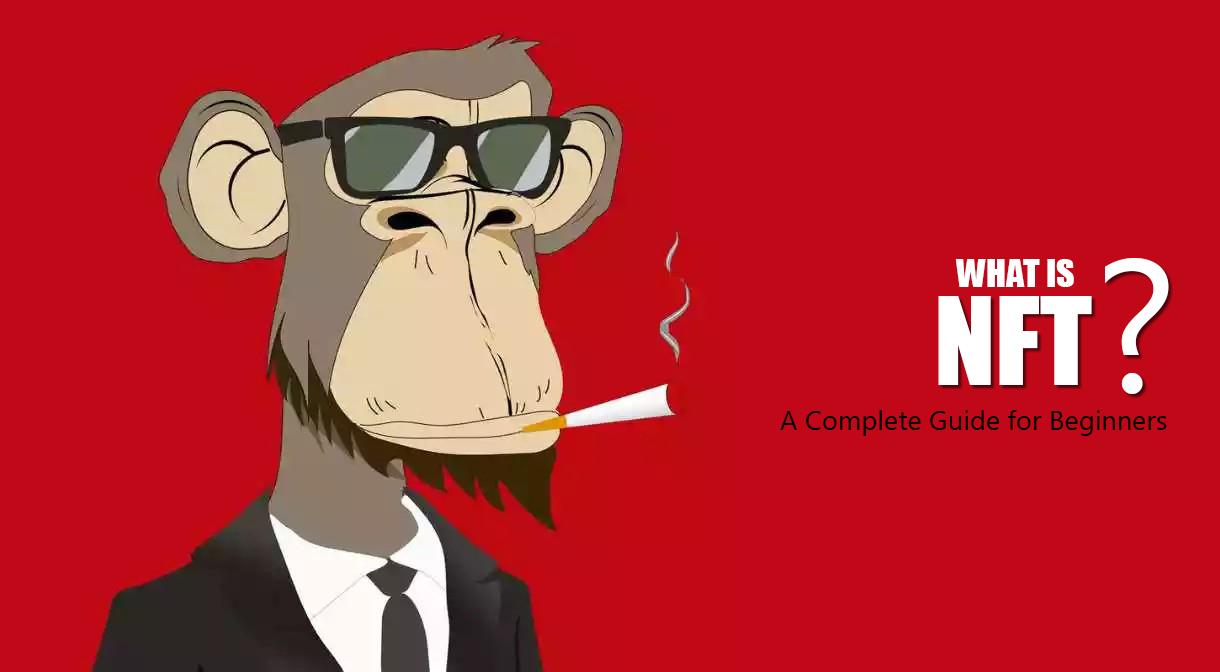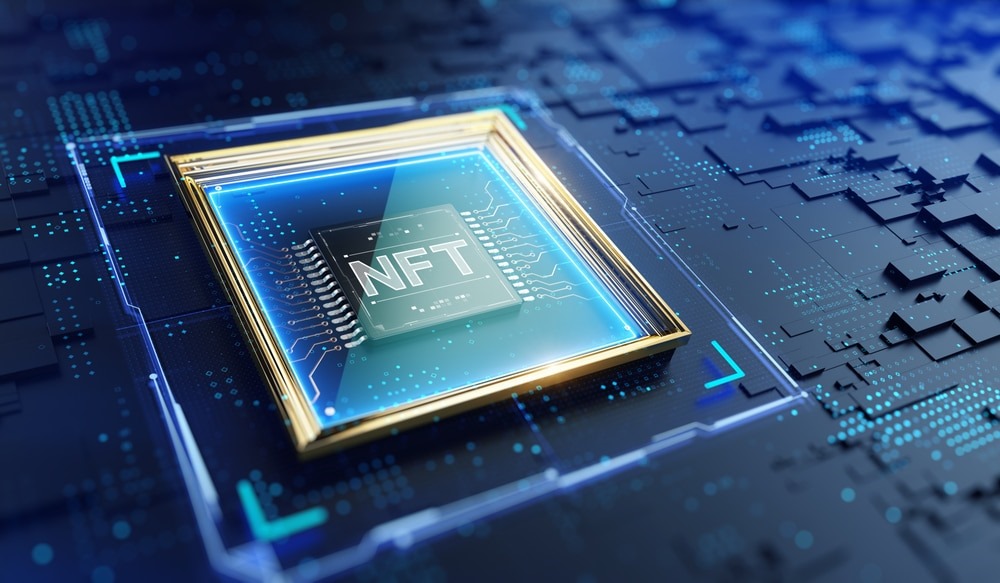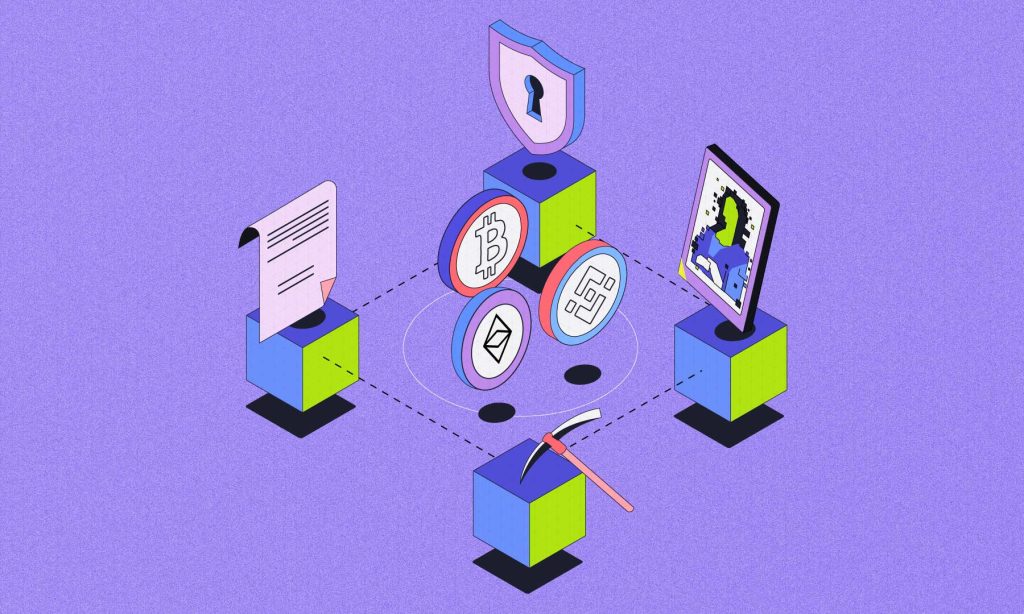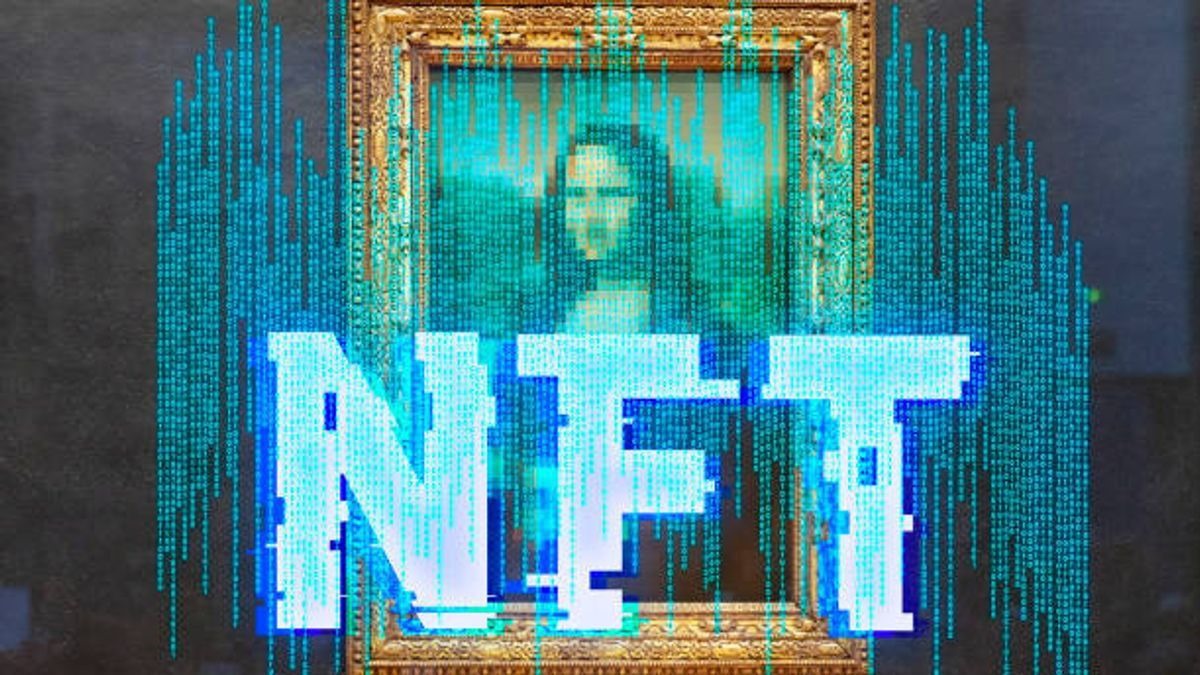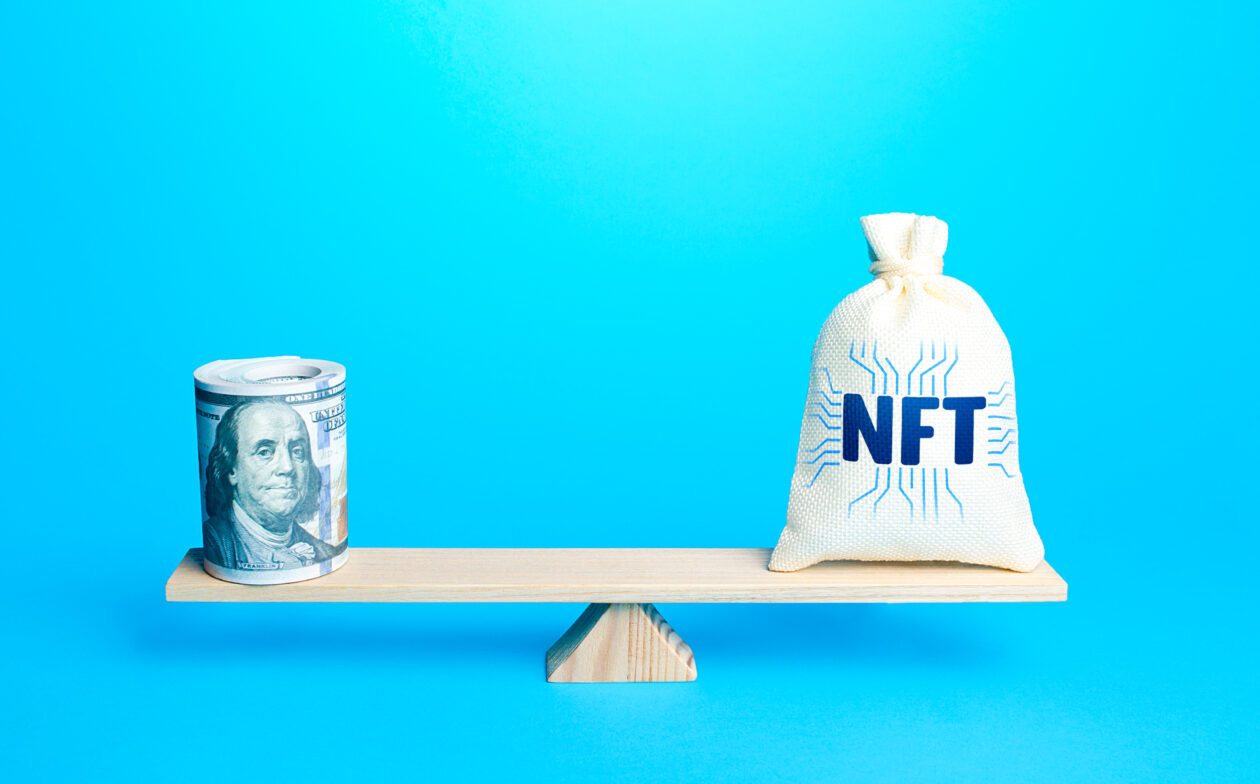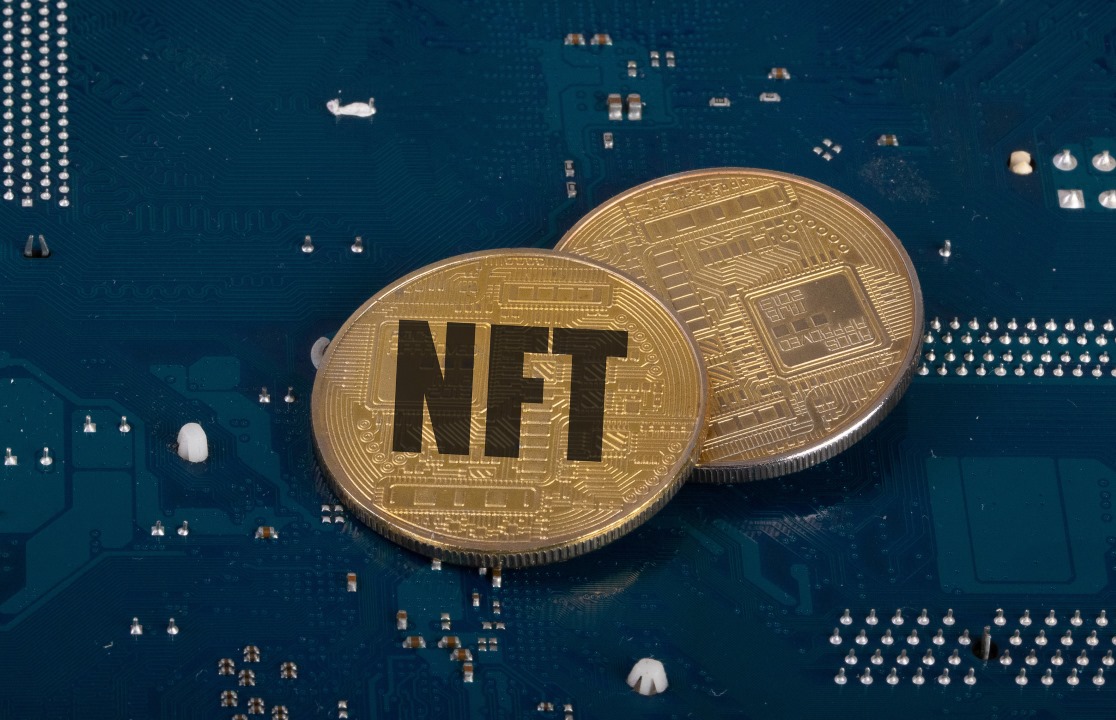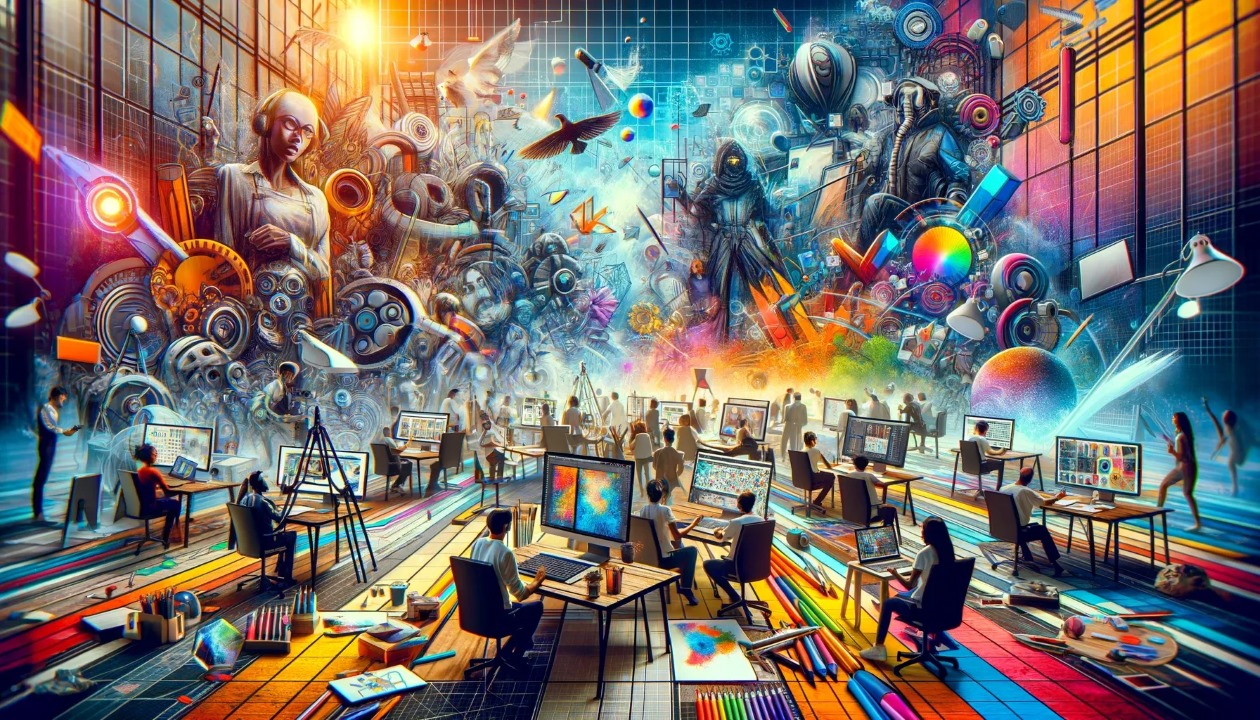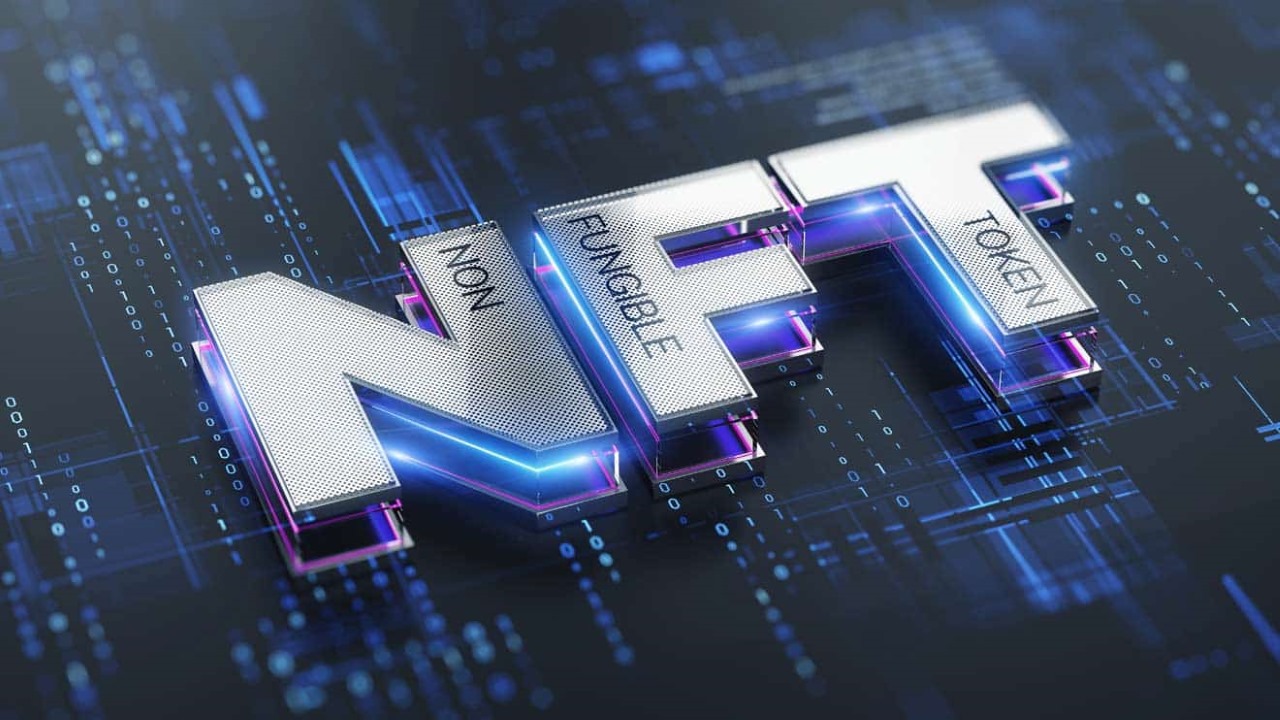There’s a good chance you’ve heard the term “NFT” floating around in headlines, conversations, or social media posts—often in the same breath as million-dollar art sales, digital monkeys, or heated internet debates. But what exactly is an NFT? And why are some people paying astronomical prices for things you can seemingly screenshot for free?
Welcome to the complete beginner-friendly guide that breaks down NFTs not just as a technical term, but as a cultural and economic phenomenon. Whether you’re curious, skeptical, or looking to get involved, this guide aims to explain what NFTs are, how they work, why they matter, and where they might be headed in the future.
Let’s start at the beginning.
Introduction to NFTs
NFT stands for “Non-Fungible Token.” Sounds a bit robotic at first, right? But the concept is actually pretty straightforward once you strip away the jargon.
At its core, an NFT is a unique digital asset—a token that lives on a blockchain and proves ownership of something. That “something” can be anything digital: a piece of art, a tweet, a music file, a video clip, a digital trading card, or even a piece of virtual land inside a video game.
What makes an NFT different from a typical digital file is this: it’s one-of-a-kind. While you can copy the image, music, or video itself, the NFT is the original certificate that proves ownership. Think of it like a signed first edition of a book—you can photocopy the pages, but only one person owns the real thing.
NFTs started gaining mainstream attention around 2020, especially after artists began selling their work directly to collectors without needing galleries or intermediaries. The moment that really launched NFTs into the public eye was in March 2021, when digital artist Beeple sold an NFT for a staggering $69 million at Christie’s.
But that’s just one part of the story. Since then, the use cases have expanded well beyond art. Musicians are selling album rights as NFTs, gamers are trading in-game items on blockchain-based platforms, and companies are experimenting with NFT-based access passes, loyalty programs, and ticketing systems.
The question now isn’t just “what is an NFT?” but “why does it matter?” And that’s what the rest of this article will help you understand.
Understanding the Basics
Let’s take a moment to break down the core concept: non-fungibility.
In economics, something that’s fungible can be exchanged for something else of equal value. For example, one dollar is equal to another dollar. One Bitcoin is equal to another Bitcoin. These are fungible assets.
NFTs, on the other hand, are non-fungible, meaning each one is unique and not interchangeable. Even if two NFTs look identical, they each have distinct blockchain records and are treated as separate entities.
That’s what makes NFTs ideal for representing ownership of unique or limited-edition digital items. They’re verified through blockchain technology—usually on Ethereum, although other chains like Solana, Polygon, and Flow also support NFTs.
So when someone buys an NFT, they’re not just buying the media file. They’re purchasing:
-
Proof of ownership
-
Verification of authenticity
-
A record of the transaction, permanently stored on a blockchain
This means the buyer can sell it later, transfer it, or use it in another platform—depending on the rights included.
Another important distinction: NFTs are not cryptocurrencies. They run on similar technology, but while crypto is designed to be spent or saved like money, NFTs represent digital property—more like deeds or contracts.
That’s why they’re sometimes called “digital collectibles” or “tokenized assets.” And just like physical collectibles—trading cards, sneakers, vintage records—their value can fluctuate based on rarity, demand, utility, and cultural hype.
How NFTs Work
NFTs are powered by blockchain—the same decentralized ledger technology behind cryptocurrencies. The blockchain records every transaction, including when the NFT was created (or “minted”), who owns it, and how many times it has changed hands.
Here’s a simplified breakdown of how it all works:
-
Minting
This is the process of creating an NFT. A creator uploads a digital file (like an image or song) to an NFT marketplace and uses a platform to turn it into a token on the blockchain. This process includes setting parameters like royalties, edition size, and metadata. -
Smart Contracts
NFTs use smart contracts—self-executing code stored on the blockchain—to define how the asset behaves. These contracts might include rules like “the original artist gets 10% of all future sales,” or access features tied to owning the NFT. -
Ownership and Transfer
When someone buys the NFT, the blockchain updates the token’s ownership to their digital wallet address. This creates a public, verifiable trail of authenticity. It’s not hidden in a private server—it’s etched into a decentralized ledger. -
Wallets and Marketplaces
To buy, sell, or hold NFTs, users need a digital wallet like MetaMask, Phantom, or Coinbase Wallet. They can trade NFTs on platforms like OpenSea, Rarible, Magic Eden, or Blur. Each wallet and marketplace is usually tied to a specific blockchain.
The beauty of the system is its transparency. Anyone can verify the creator, the current owner, and even past transactions without needing to trust a central authority. This trustless system is what makes NFTs such a big deal in the world of digital ownership.
Types of NFTs
One of the most fascinating aspects of NFTs is just how flexible the format is. At first glance, most people associate NFTs with digital art, but that’s only scratching the surface. NFTs can represent almost any kind of digital file—and in some cases, even physical goods. Let’s explore the main types of NFTs dominating the space today.
Digital Art
This is where NFTs really took off. Artists can mint their work as NFTs and sell them directly to collectors, bypassing galleries and agents. Platforms like Foundation, SuperRare, and OpenSea are filled with everything from minimalist sketches to complex generative art. The big appeal here is provenance—buyers know exactly who made the piece, when, and how many exist.
For artists, it’s a revolution. You can bake royalties into the smart contract, ensuring you get paid every time your work is resold. That’s something the traditional art world never allowed. It’s why so many independent creators have jumped into the space.
Music and Audio NFTs
Musicians are starting to experiment with NFTs in meaningful ways. An artist might release an album as a limited-edition NFT, grant access to private concerts through NFT ownership, or offer unreleased songs only to holders. Platforms like Catalog and Sound.xyz are making it easier for artists to monetize music without labels or streaming platforms taking a cut.
Some artists even tokenize ownership itself—giving buyers a slice of streaming royalties or creative control.
Virtual Real Estate
In platforms like Decentraland, The Sandbox, and Otherside, digital land is bought, sold, and built upon as NFTs. Each land parcel is an NFT on the blockchain, which can be developed, rented, or flipped for profit. This is a massive category within metaverse projects, as landowners can monetize their space with shops, games, events, or advertising.
Virtual real estate might sound abstract now, but companies and influencers are already treating it seriously—hosting meetings, art exhibitions, and concerts inside these digital plots.
Collectibles and Gaming Assets
This is where NFTs feel most “alive.” In blockchain-based games, NFTs represent in-game assets like weapons, skins, characters, pets, or cards. Players can truly own these items, trade them on external marketplaces, or use them across different games if the developers support interoperability.
Titles like Axie Infinity, Gods Unchained, and Illuvium have pioneered this space, while even traditional gaming companies are experimenting with NFT integrations. These assets often have utility beyond collectibility—they’re used in gameplay, breeding, upgrading, or governance.
Other Emerging Types
NFTs aren’t just about visuals or collectibles anymore. They’re expanding into:
-
Event ticketing: Verifiable access to concerts, festivals, or webinars
-
Memberships and subscriptions: Holding a specific NFT could grant access to content, private Discords, or future product drops
-
Identity and credentials: Some developers are working on using NFTs to represent educational certificates, licenses, or digital ID
The key takeaway? NFTs are more than pictures—they’re a framework for ownership, access, and functionality in a decentralized system.
The Value of NFTs: What Makes Them Worth Anything?
This is where it gets tricky, because NFT value isn’t as straightforward as traditional pricing models. It’s a blend of culture, speculation, scarcity, and utility—and that’s exactly what makes it fascinating (and risky).
Let’s break down the main factors that influence the value of an NFT:
Rarity
Just like a limited-edition sneaker or trading card, scarcity adds value. If there are only 10 editions of an artwork or 1,000 avatar NFTs in a collection, they tend to fetch higher prices—especially if demand is high.
Creator Credibility
An NFT from a well-known artist, developer, or brand will typically carry more weight. Think Beeple, XCOPY, or projects like Bored Ape Yacht Club. Recognition fuels trust and price.
Community and Hype
Many NFT projects are backed by strong communities. If holders feel involved, attend virtual events, or share a cultural identity, the NFT can become more than a product—it becomes a badge of belonging. That sense of exclusivity can inflate value rapidly.
Utility
Some NFTs come with built-in benefits—access to games, staking rewards, airdrops, voting rights, or early access to new releases. The more useful the token, the more likely it holds lasting value.
Aesthetics and Narrative
Artistic quality and storytelling matter. NFTs with well-developed lore or beautifully designed visuals tend to stand out and resonate with buyers beyond the financial.
But there’s a flipside too. The NFT market has been filled with speculative bubbles, where prices spike quickly due to hype and crash just as fast when interest fades. Some people have made serious money flipping NFTs; others have lost everything.
So are NFTs valuable? Yes—for the right reasons, and in the right hands. But they are not guaranteed money-makers. Like art, fashion, or tech, their value is culturally and economically fluid.
Are NFTs a Passing Trend or Here to Stay?
This is the million-dollar question—and opinions are sharply divided. After the explosive rise of NFTs in 2021, followed by a dramatic cooldown in 2022 and 2023, many called the trend dead. But that narrative ignores what’s happening behind the scenes.
What we’re seeing now is a shift from speculation to substance. Projects that relied purely on hype are fading, while those with real-world utility, strong teams, and ongoing development are maturing.
Major companies like Nike, Starbucks, Reddit, and Ubisoft are still developing NFT-related programs. Meta experimented with NFTs on Instagram. Apple recently approved limited NFT integrations on its app store. In gaming, projects like Gods Unchained and Parallel continue to gain traction. The technology hasn’t disappeared—it’s just moving out of the spotlight and into practical applications.
Here’s the reality: NFTs as a concept aren’t going anywhere. The idea of unique, verifiable digital ownership is too useful, especially in gaming, digital art, identity, and commerce.
What is going away? The gold rush era, the low-effort copycat projects, and the constant pump-and-dump cycles. What’s emerging is a more grounded, mature version of the NFT ecosystem—one that isn’t flashy, but functional.
Investing in NFTs: Opportunity or Risk?
If you’re considering buying NFTs, it’s important to understand what you’re getting into. Yes, people have made significant profits trading NFTs. But others have also lost big. It’s not a one-size-fits-all investment—and it’s not as simple as buying low and selling high.
Let’s break down how investing in NFTs actually works and what you should consider before jumping in.
How to Buy NFTs
First, you’ll need a crypto wallet like MetaMask, Phantom (for Solana-based NFTs), or Coinbase Wallet. Then you’ll need to fund it with the appropriate cryptocurrency—usually ETH for Ethereum-based NFTs or MATIC for Polygon.
Once your wallet is set up, you can visit NFT marketplaces like:
-
OpenSea (Ethereum/Polygon)
-
Blur (Ethereum, trader-focused)
-
Magic Eden (Solana, Polygon)
-
LooksRare, Rarible, and many others
Most platforms operate via auction or fixed-price sales. After purchasing, the NFT is stored in your wallet and can be traded, held, or used within compatible apps or games.
Understanding the Risks
NFTs are high-risk assets, and their prices are extremely volatile. Here are a few reasons why:
-
Hype-driven markets: Prices often rise and fall based on trends, influencers, and social media buzz
-
Lack of liquidity: Unlike stocks or popular cryptocurrencies, many NFTs are difficult to resell unless they’re in high demand
-
Rug pulls and scams: Some projects launch with fanfare and disappear after selling out, leaving buyers with worthless tokens
-
No guaranteed utility: Many NFTs offer promises—future games, staking rewards, token airdrops—but those features may never arrive
This doesn’t mean all NFT investments are bad. But it does mean you need to do your homework. Always check:
-
The project’s team and credibility
-
The roadmap and whether any milestones have been delivered
-
The community engagement (not just follower count)
-
The utility beyond visuals—what can the NFT do?
If you’re looking for fast profits, you may be disappointed. But if you’re investing in something you love, believe in, or see long-term potential in—NFTs can be a rewarding, if unpredictable, asset class.
The Future of NFTs
Despite the ups and downs, NFTs are already reshaping digital ownership—and their next chapters are starting to unfold. Here’s what the future might look like as the technology matures and integrates with other parts of digital life.
Gaming Will Lead the Way
NFTs in gaming are perhaps the most natural and sustainable use case. Imagine owning your in-game items across multiple platforms, renting them out, or reselling them. That’s already happening in games like The Sandbox, Illuvium, and Big Time—and will likely expand as more developers adopt Web3 principles.
As interoperability improves, players might use one wallet across games, transfer skins or weapons, and even carry avatars between universes. That turns gaming into not just entertainment, but an ecosystem of tradable, ownable assets.
Utility Will Matter More Than Hype
The NFT projects that survive long term will be those offering real benefits. That might be access to private communities, exclusive merch, recurring content, or discounts. Think of NFTs not as artwork, but as memberships or software licenses—things that hold function and value over time.
NFTs Will Blend Into Everyday Life
In the future, NFTs might not look or feel like NFTs at all. You might use them to verify tickets at an event, prove identity online, or store academic credentials. You won’t need to know they’re NFTs—just that they’re secure, portable, and verifiable.
We’re already seeing early signs of this shift in corporate trials:
-
Reddit offering collectible avatars that feel like regular profile pictures
-
Starbucks Odyssey using NFTs for loyalty programs
-
Nike and Adidas launching digital sneakers with real-world tie-ins
The more seamless the experience, the faster adoption will grow.
Regulation and Mainstream Tools Are Coming
Expect governments and financial institutions to weigh in. As more money flows through NFTs, regulators will look for ways to ensure compliance, tax enforcement, and fraud prevention. Platforms will likely become safer and more structured—reducing scams but also limiting anonymity.
Simultaneously, we’ll see better tools for regular users—user-friendly wallets, no-gas minting systems, and platforms that onboard without needing deep crypto knowledge.
Final Thoughts: Hype or Innovation?
It’s tempting to dismiss NFTs as a fad. After all, some of the hype has faded, prices have cooled, and the wild early days seem to be behind us. But here’s the truth: the technology isn’t going anywhere—it’s just growing up.
NFTs are part of a bigger shift in how we think about ownership, access, creativity, and value in a digital world. They may never replace traditional media or assets, but they will coexist—blending into everything from games to fashion to education and beyond.
For creators, NFTs offer a new way to monetize their work. For gamers, they create new economies and ownership rights. For collectors, they offer a form of digital expression. And for developers, they open up new mechanics and monetization models.
It’s not a gold rush anymore—and that’s a good thing. The next wave of NFTs won’t be about fast flips or flashy JPEGs. It will be about function, community, and creativity.
If you’re still curious, start slow. Explore the art, play the games, mint a piece of your own. NFTs aren’t the future of everything—but they are absolutely part of the future.
And that’s worth understanding.

